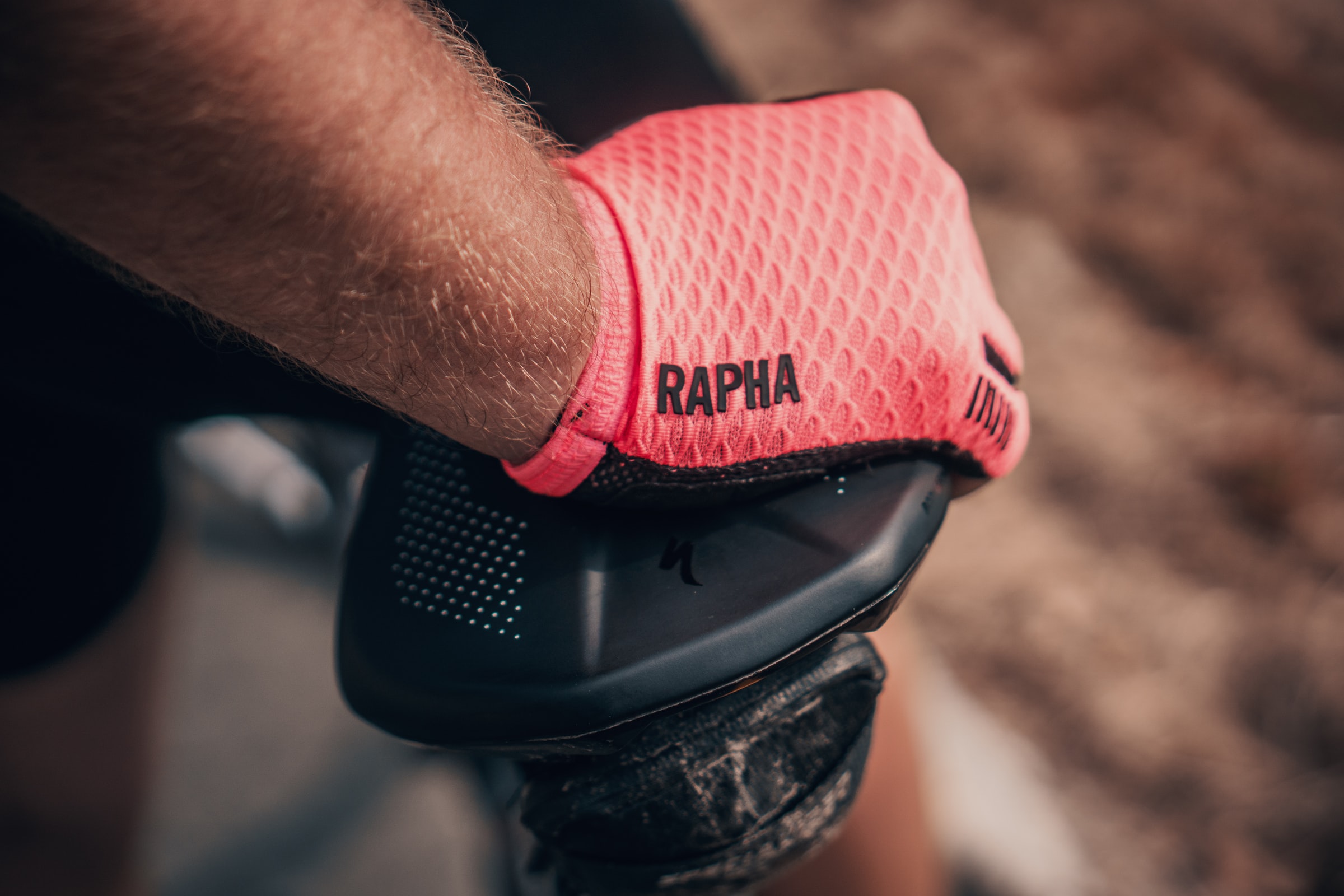Mountain biking can be thrilling yet tough on your hands. Rocky trails, thorny bushes, and tree branches all threaten your grip and control over the handlebars. And repeated vibration and impact from roots, ruts, and rubble can leave your hands numb or sore. But quality cycling gloves can protect your hands while improving comfort and enhancing your ride. Here’s a look at why wearing gloves is important for mountain biking along with key features to consider when choosing a pair.
Gloves Shield Against Crashes and Trailside Hazards
One of the best reasons to wear gloves while mountain biking is to guard your hands in the event of a fall or mishap. The ground is hard and merciless when you hit it at speed. And trailer side vegetation offers plenty of sharp points and scratchy surfaces. Sturdy glove leather and durable fabrics create a protective barrier across your palms, fingers joints, and knuckles. This armor helps prevent gashes or abrasions during get-offs. Many gloves also incorporate plastic scaphoid protection panels along the wrists and extra padding over the ulnar and median nerve bundles in the carpal tunnel area. Together these shields reduce the potential for both short and long term hand injuries.
Secure Grip for Confidence and Control
Mountain biking requires strong yet nuanced grip strength to control your speed, navigate terrain features, and remain fixed to the bars. But sweaty palms threaten traction on the grips. Fortified leather palms along with silicone or rubber print textures on glove contact patches generate exceptional grip. Your hands stay planted without clenching tighter. This eliminates hand fatigue so you can hang on comfortably through long descents. Stable grip also allows more precision guiding the bike as your hands won’t slide around the bars. Superior control inspires confidence to ride more aggressively knowing your connection to the bike won’t falter.
Vibration Damping for Reduced Fatigue
Varied trail surfaces transmit constant vibration into your hands by way of the handlebars. Extended time riding over bumpy ground can leave fingers numb and lead to chronic neuromuscular conditions like carpal tunnel syndrome. But mountain bike gloves feature shock absorbing foam, gel pads, or air pockets across the palm and fingers. By dissipating high frequency vibrations, quality gloves preserve hand stamina and protect sensitive nerves. Your hands remain energized longer allowing you to push hard all ride rather than succumbing to fatigue. Targeted relief exactly where you need it keeps hands comfortable mile after mile.
Cushioning Against Impacts
Beyond vibration mitigation, many mountain bike gloves also employ strategic cushioning to defend against bigger trail hits and crashes. Thicker padded zones across the heels of hands and fingers safeguards bony prominences. This added resilience cushions the blow when scraping over rocks or reaching out to break a fall. D3O and other advanced impact absorbing materials placed on palms and knuckles provide even more protection. Generous shielding across vulnerable areas maintains hand integrity so you can keep riding after taking a tumble. Durable construction also ensures long term use after multiple hard hits.
Temperature Regulation for Year Round Comfort
Mountain biking often involves exertion leading sweaty palms. But rides also include descents where cool air rapidly chills hands. Quality cycling gloves help moderate hand temperature across shifting conditions. Lightweight breathable fabrics made of polyester or mesh allow moisture vaporization. This prevents overheating without compromising durability or abrasion resistance. For cooler rides, full finger models with wind stopping overlays maintain warmth better than fingerless styles. Some gloves even feature added insulation for frigid winter use. So whether riding desert singletrack, high alpine ridges, or snow covered forest paths, your hands remain comfortable throughout.
Increased Power Transfer and Endurance
Beyond protection and comfort, performance-oriented gloves also target improved power delivery and reduced fatigue. Strategic padding arrangements prevent pressure points while still enabling complete bar feel and lever control. The result is better grip security for pulling up over obstacles with maximum strength. Compression fabrics around the wrist also decrease inflammation and metabolite build up. This vascular support delays the onset muscle burn allowing you to climb challenging grades longer. Together these ergonomic elements enhance overall endurance so you can achieve personal bests ride after ride.
Aesthetics and Style Representation
While technical elements are paramount, gloves also serve as a stylistic statement for many riders. Complementing jersey colors, reflective elements for early morning rides, or team logos allow self-expression. Riders also choose gloves to represent their tribe whether enduro race junkies or weekend warriors simply enjoying time outdoors. Comparatively inexpensive, gloves offer a fun way to display personality compared to much pricier performance gear. And kids especially get a thrill from matching their parents’ gloves and mimicking what the pros wear out on the trails. So don’t underestimate the value of finding just the right aesthetic to inspire your inner mountain biker.
Now that the benefits of gloves are clear, focus turns toward choosing the best pair for your needs and preferences. With the wide range of cycling gloves available, keep these aspects in mind while comparing options.
Intended Riding Style and Trail Difficulty
If exclusively riding smooth flat terrain, basic lightweight gloves should suffice. But for technical trails, gravity riding, or enduro racing, prioritize rugged materials with ample padding across the palms, fingers, and backs of hands. These provide necessary protection when the riding pushes your limits. Also consider the climate you’ll ride in most whether hot and humid or cool and variable. Let these factors guide ideal fabrics and features.
Find the Best Fit
A precision fit proves vital both for safety and maximizing glove function. Loose gloves lead to slipping hands and compromised control. But an overly tight fit restricts circulation reducing comfort on long rides. Best practice involves trying on various sizes front multiple brands while simulating riding grip position. Focus on achieving secure palm contact without any pinching at the fingers or wrists. If ordering online, carefully follow sizing charts and measure your dominant hand. Getting glove fit dialed ensures security while preventing numbness or irritation.
Determine Favored Features
Beyond fit, decide which elements hold priority for you. If rough trails demand enhanced protection, target generous padding and impact guards with proven cushioning technology. Seek added wrist support and compression if prone to repetitive strain injuries. Let preferred handlebar feel and sensitivity determine palm textures and padding arrangements. Consider ventilation requirements based on exertion level and environment. Finally, factor whether matching colors or visibility matter for self expression. Rank these preferences when assessing glove options.
Compare Quality of Materials and Construction
The materials used and overall workmanship determine long term glove integrity and function. Synthetics like lightweight polyester afford ventilation but succumb to tears easier unless layered strategically. Premium leather stands up to abrasion but requires breaking in for comfort. Injected thermoplastic rubber offers both resilient padding and grip. Analyze the quality and arrangements of each material across critical zones. Also inspect stitching patterns for signs of eventual unraveling. Premium gloves should utilize quality fabrics guarded by reinforced overlays in areas of repeated friction and impact.
While often treated as an afterthought, quality mountain bike gloves truly enhance performance, protection and experience. Shielding hands from abrasion and vibration reduces injuries while combating fatigue. Stable grip paired with responsive feel fosters confidence pushing your abilities. Temperature moderation maintains comfort across changing trail conditions. All riders from cross country racers to weekend adventure seekers stand to benefit. Considering your specific riding needs and style preferences simplifies selecting the best options. Investing in gloves specially designed for mountain biking checks multiple boxes toward more enjoyable rides and progression as a rider. So get those paws covered and hit the trails!



